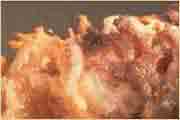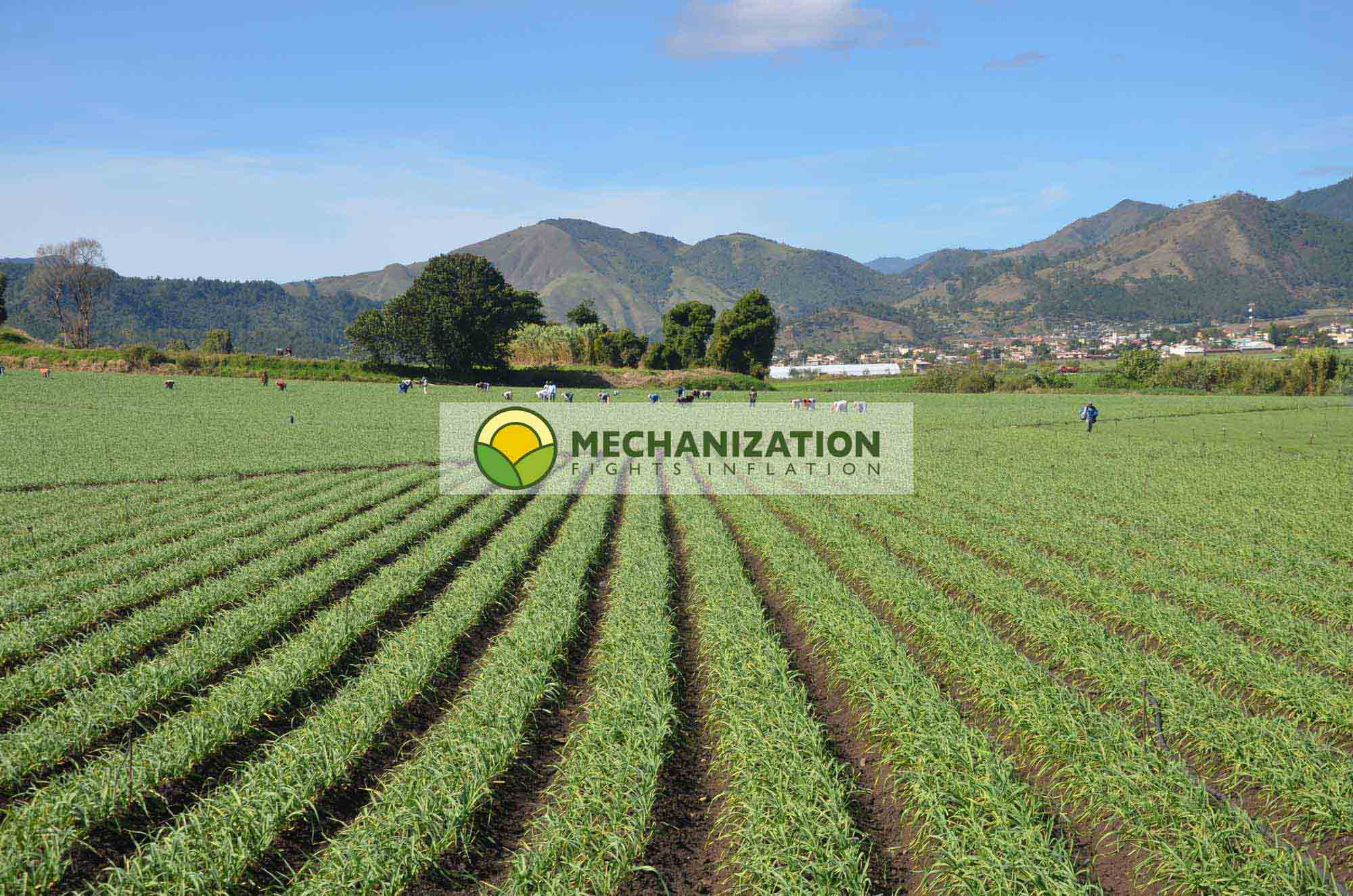Delia antiqua
LinkExchange SearchMe WhatWeDo AboutUs Sitemap Next page Pseudomonas syringae

Delia antigua and everything you need to know to detect, avoid and cure this plague.
Delia antiqua
1. Common name and scientific name
| Scientific name: | Delia antigua (Meigen), |
|---|---|
| Synonyms: | Hylemya antiqua |
| Common names: | Onion maggot, onion fly, |
2. Geographical distribution
The fly, Delia antiqua is a pest in Northern America, Western Europe, China, Japan, Korea. In the former USSR it is found everywhere, even in the forests and tundras of the North. In Central Asia it rises up to 3600 m above sea level; but is absent in true hot deserts.
3. Biological characteristics
The body of the adult onion fly measures 5-7 mm in length and has an ash-gray color with a mesonotum of greenish shimmer. The legs are black and the antennal arista is pubescent. The male abdomen has a more or less clearly expressed dark longitudinal stripe. On the female abdomen, this stripe is absent. Wings of D. antiqua are transparent.
Each female lays eggs in series or in groups (5 to 20) on onion shoots, leaves, bulbs, and on ground near plants for 12-30 days, up to 200 eggs total. Most favorite place is the neck of the onion plants. Eggs are white, elongated and the larvae hatch in 3-8 days. Larvae reach 10 mm long, are white in color and have cylindrical shape.
After hatching, larvae enter the onion bulb from the root side or through the base of the leaves. Larvae hatching from one egg batch usually keep together and eat away rather big cavities in bulbs. Sometimes more than 50 larvae feed on one bulb, originated from eggs laid by different females. Larvae feed for 15-25 days and molt three times. Larval development proceeds in one bulb in large onions and in several bulbs in seeding onions. Pupation occurs in the ground at depths of 10-20 cm. The pupal phase of spring generation is during between 2-3 weeks.
The flight of imagoes of the spring generation occurs in April - May during cherry and dandelion flowering. Flies of the second generation appear at the end of June and the beginning of July. Females need additional feeding on nectar of flowers for egg laying. Optimum conditions for egg development are temperatures of 17-22°C and humidity levels at 75-80 %. The lowered temperatures stimulate pupae to enter winter diapauses, instead of development to the fly stage.
4. Parts that get damaged
The most serious damage is caused by the first generation of onion flies which extends over many weeks owing to female longevity. It occurs especially on seedlings of onion. The young plants wilts and dies. A single larva can attack several seedlings in succession. If the onion plants are more developed, they wilt, especially in warm weather, and can die also. Later on in the season the second generation of flies promotes the onset of rotting, visible only at time of uprooting, which attracts saprophytic diptera (flies), their maggots are then found in the onion bulbs. Leaves start to turn yellow in damaged plants, and bulbs rot quickly, especially in humid weather conditions.
5. Damage period
The first period of attack is in the spring, when the sexually mature females lay their eggs in young seedlings. At the end of May till begin June the first generation larvae begin to feed. Moderate to hot temperatures and high relative humidity are optimum conditions for rapid development. About one month later, the second generation lay their eggs in the more developed onion plants and feed on the developing onion bulbs.
6. Economic impact
This is a pest of onions bulbs, but young seedlings can be killed by it and therefore the onion fly can cause serious harvest losses. Moreover, onion flies spread other diseases, bacterial and otherwise. The spring generation of the fly is the most harmful because the development of larvae coincides with the beginning of onion growth. Damage of the onion fly is lower in humid and cold springs, as the imagoes occur later and the period of larvae hatching is extended.
7. Investigation and monitoring
Plants must be monitored if severe attacks from D. antiqua are to be prevented. Plants display visual signs of stress from onion flies such as wilting, yellowing, and unexpected death. Roots may be severed or blackened. The soil around the roots may contain maggots and their feeding tunnels. Removing of infected plants helps decrease the population development.
D. antiqua can be monitored and controlled through the use of colorful sticky traps or buckets of soapy water that attract maggots and trap them. Pheromone traps have also been successful in controlling maggots. These are also effective in catching adult flies, limiting future generations of maggots.
8. Control methods
Control measures include periodic survey and removal of infested plants and deep ploughing of ground that destroy this pest's pupae. As explained above, different traps play an important role in detecting the pest pathogens early in the season. Onion seeds are treated with a specific insecticide coating to prevent attack of young seedlings by onion flies.
Two very effective insecticides which can be used during the growing season: Mundial, its effective compound being fipronile, and Perfecthion, with dimethoate as effective compound. Fipronil is used for seed coating and is very effective. Seed coating spares pesticides later in the growing season.
Fipronile is a broad-spectrum insecticide. It disrupts the insect central nervous system by blocking the passage of chloride ions through the GABA receptor and glutamate-gated chloride channels (GluCl), components of the central nervous system. This causes hyperexcitation of contaminated insect's nerves and muscles.
Dimethoate is an organophosphorus compound that disables cholinesterase, an enzyme that is essential for nerve signal transmission.
Next up: Pseudomonas syringae
Pictures of this plague:

Delia antiqua or onion maggot

Delia antiqua or onion maggot

Delia antiqua and it's geographical distribution
To mechanise your post harvest processes:
contact us:
Telephone:
+1 239 3002374
or use our (preferable)
our contact form
Address: Farm San Isidro, Volcán, Panama.

